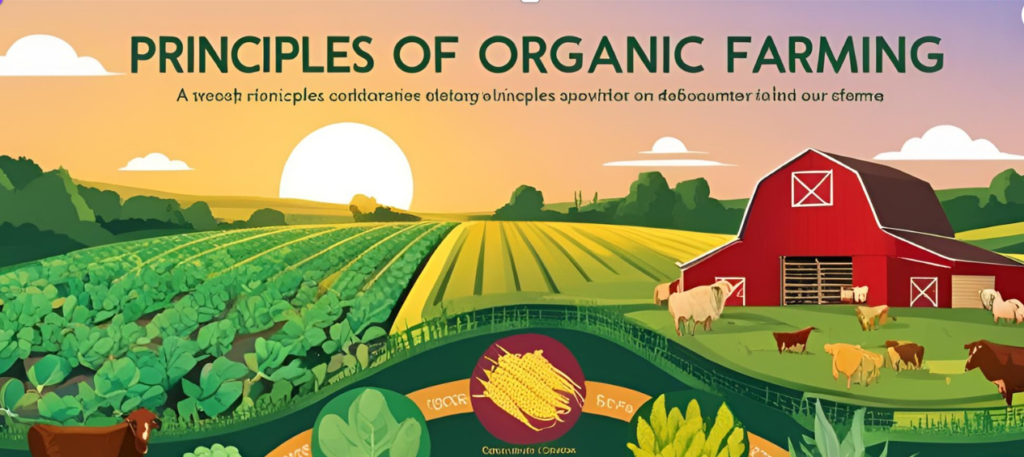
Introduction
In recent years, organic farming has surged in popularity as consumers and farmers alike prioritize sustainability and health. But what exactly is organic farming? This post dives deep into its definition, core principles, benefits, challenges, and how you can contribute to this eco-friendly movement—with a few thoughtfully chosen resources to help you get started.
What is Organic Farming?
Organic farming defined: It’s an agricultural system that relies on natural processes and cycles to cultivate crops and raise livestock, avoiding synthetic chemicals like pesticides, fertilizers, and GMOs. Instead, it emphasizes soil health, biodiversity, and ecological balance. Think composting, crop rotation, and biological pest control—practices that work with nature, not against it.
Core Principles of Organic Farming
- Natural Inputs Only: Replace synthetic chemicals with organic fertilizers (e.g., compost, manure) and natural pest deterrents like neem oil (affiliate link to a popular organic neem spray).
- Biodiversity: Grow diverse crops to improve soil fertility and reduce disease risk.
- Soil Health: Prioritize composting and crop rotation to maintain nutrient-rich soil.
- Animal Welfare: Livestock are raised ethically, with access to open spaces and organic feed.
- Sustainability: Minimize waste, conserve water, and reduce carbon footprints.
Benefits of Organic Farming
- Environmental: Reduces pollution, conserves water, and supports pollinators.
- Health: Produces food free from synthetic residues.
- Economic: Farmers often earn premium prices, and local economies thrive through farmers’ markets.
Did You Know? A simple way to support organic practices at home is by using a compost bin (affiliate link to a high-rated compost tumbler).
Challenges in Organic Farming
While rewarding, organic farming isn’t without hurdles:
- Certification Costs: Meeting strict organic standards can be expensive. For guidance, check out this Organic Certification Guide (affiliate link).
- Pest Management: Requires creativity, like introducing beneficial insects.
- Lower Initial Yields: Transitioning soil to organic status takes time.
How You Can Support Organic Farming
- Buy Organic: Choose certified organic products at stores or local markets.
- Start a Garden: Use organic seeds (affiliate link to heirloom seed kits) and natural pest control.
- Educate Yourself: Books like The Organic Farmer’s Handbook (affiliate link) offer invaluable insights.
Conclusion
Organic farming isn’t just a trend—it’s a return to sustainable, earth-friendly practices. By understanding its definition and principles, you can make informed choices that benefit both health and the planet. Whether you’re buying organic kale or starting a small garden, every action counts.
Disclosure: This post contains affiliate links. If you purchase through these links, we may earn a small commission at no extra cost to you. Thank you for supporting our mission to promote organic farming!
This blog post balances clear definitions with actionable steps, seamlessly integrating affiliate links to enhance reader engagement without overwhelming the content. 🌱
conventional Farming vs Organic Farming: Key Differences, Pros, Cons, and Which Is Better for You?

